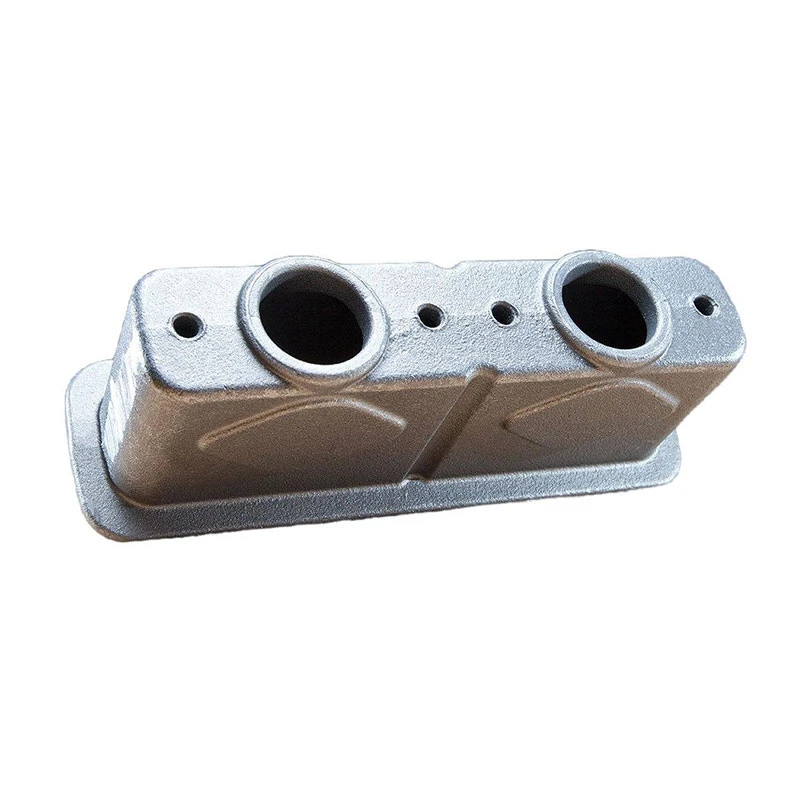aluminium casting porosity standard
Understanding Aluminium Casting Porosity Standards
Aluminium casting is a critical process in various industries, from automotive to aerospace, due to its lightweight and high-strength characteristics. However, one of the significant challenges faced during the casting of aluminium components is porosity. Porosity refers to the presence of small voids or defects within the material, which can adversely affect the mechanical properties and overall quality of the cast product. To address these challenges and ensure superior quality, various standards for measuring and controlling porosity in aluminium castings have been developed.
The Significance of Porosity in Aluminium Castings
Porosity can arise during the aluminium casting process due to several factors, including gas entrapment, poor melting practices, and inadequate pouring techniques. It is essential to understand the types of porosity associated with aluminium castings, which include
1. Gas Porosity This type occurs when gases are trapped in the molten metal during cooling and solidification. Common sources of gas include moisture and contaminants in the melt, as well as air entrapment during pouring.
2. Shrinkage Porosity This occurs when the molten metal shrinks as it solidifies, leading to the formation of voids if the metal cannot fill the space adequately.
3. Inclusion Porosity This includes the formation of voids from contaminants such as oxides or other particles that should not be present in the casting.
Porosity can weaken the casting, making it more susceptible to mechanical failure under load or pressure. Therefore, measuring and controlling porosity is critical for ensuring the performance and reliability of aluminium cast components.
Standards for Measuring Porosity
Several standards have been established worldwide to evaluate porosity in aluminium castings. Among the most recognized specifications is the ASTM B108/B108M standard, which provides guidelines for the systematic evaluation of casting quality, including criteria for assessing porosity levels.
Key Components of the Standard
aluminium casting porosity standard

1. Visual Inspection The first step in the evaluation process is visual inspection, which can identify obvious surface defects linked to porosity. Imperfections visible to the naked eye may require further investigation through non-destructive testing (NDT) methods.
2. Nondestructive Testing (NDT) To accurately assess subsurface porosity, several NDT methods can be employed, such as - Ultrasonic Testing (UT) This technique uses high-frequency sound waves to detect internal flaws, including porosity. - Radiographic Testing (RT) X-ray or gamma ray imaging can reveal internal voids and inclusions in castings. - Dye Penetrant Testing (PT) Although primarily used for surface defects, it can help highlight areas where fatigue cracks may begin due to porosity.
3. Quantitative Measurement The ASTM standards also call for quantitative assessment of porosity using techniques like computerized tomography (CT) scanning. This provides a detailed 3D analysis of the internal structure, allowing for the accurate measurement of void sizes and distribution.
Controlling Porosity in Casting Processes
To minimize the risk of porosity, it’s essential to implement best practices throughout the aluminium casting process. Here are some strategies
- Material Selection Choosing high-quality raw materials and ensuring that the melting process is free from contaminants is crucial. Moisture control is particularly vital during material preparation.
- Optimizing Melting Conditions Maintaining optimal temperatures to reduce gas solubility and implementing proper degassing techniques can significantly mitigate gas porosity.
- Pouring Techniques Using controlled pouring techniques and ensuring that molds are properly designed to prevent turbulence can help minimize air entrapment.
- Cooling Rate Adjustment Controlled cooling rates can help reduce the incidences of shrinkage porosity by allowing the metal to fill the mold appropriately during solidification.
Conclusion
Aluminium casting remains a popular manufacturing process, driven by the demand for lightweight materials. However, porosity poses a significant challenge that can compromise the mechanical properties of cast components. By adhering to established standards like ASTM B108/B108M and employing modern testing and quality control methods, manufacturers can effectively monitor and control porosity levels. The continued focus on standardization and quality assurance will lead to enhanced product performance and reliability, ensuring the integrity of aluminium castings across various applications.
-
OEM Sand Cast Pump Valve Fittings - Baoding Hairun Machinery And Equipment Trading Co., Ltd.NewsAug.01,2025
-
Custom OEM Impellers | High Efficiency & PrecisionNewsAug.01,2025
-
OEM Sand Cast Pump Valve Fittings - Baoding Hairun Machinery | Customization, Quality AssuranceNewsAug.01,2025
-
OEM Sand Cast Pump Valve Fittings - Baoding Hairun Machinery And Equipment Trading Co., Ltd.NewsAug.01,2025
-
OEM Sand Cast Pump Valve Fittings - Baoding Hairun Machinery And Equipment Trading Co., Ltd.NewsJul.31,2025
-
OEM Sand Cast Pump Valve Fittings - Baoding Hairun | Precision Engineering, CustomizableNewsJul.30,2025















